Not sure if this is a common issue, or how to formulate a single question, so please feel free to edit. I'm just trying to understand the situation and don't know where else to turn.
I have an electrical outlet in my office that powers my computers. They work just fine, and I never had any issues.
I plugged in a tube guitar amplifier the other day and instantly burned a fuse on the input section of the amp's circuit. Swapped out a new fuse, same thing. Took the whole amp (again with a new fuse) and plugged it into a different office in my building. Worked like a charm (as it did before bringing it to the office).
I decided to plug in a surge protector power strip. It is the type that lights an LED when the outlet is grounded. I plug it in and it exploded! Well, it made a huge pop inside the power strip and stopped working followed by a stream of smoke and burnt plastic. There was nothing plugged into this power strip.
I pull the outlet out, and there are only two wires. There is no ground wire. The hot is on the correct side (provided that the black is indeed hot).
Does this sound like a normal string of events considering there is no ground? Or is there something SERIOUSLY wrong in this scenario?
I've played in an industry where we pop out the ground on amp cords on a regular basis to stop 60hz hum in some installations. Why would the absence of a ground here cause this problem?
Thanks for any info. If this seems off-topic, please help me re-formulate the question so that I can understand what's going on.

